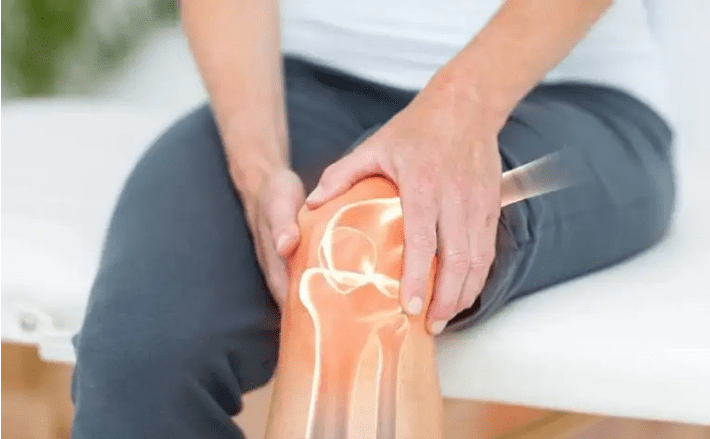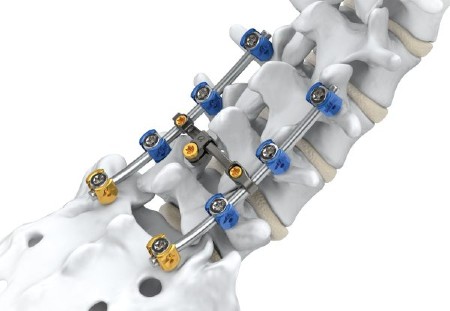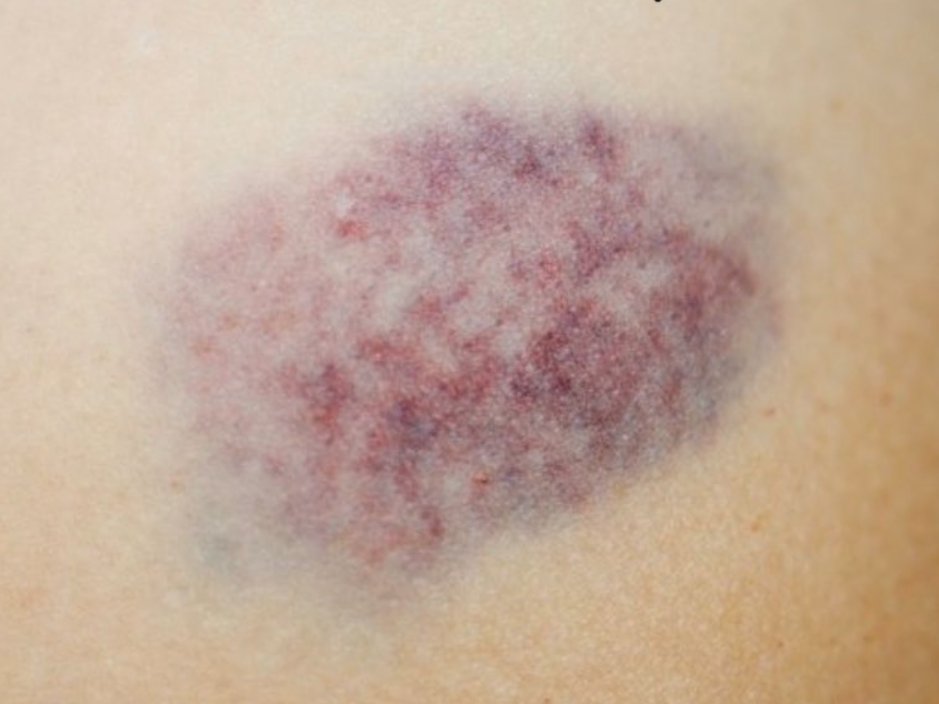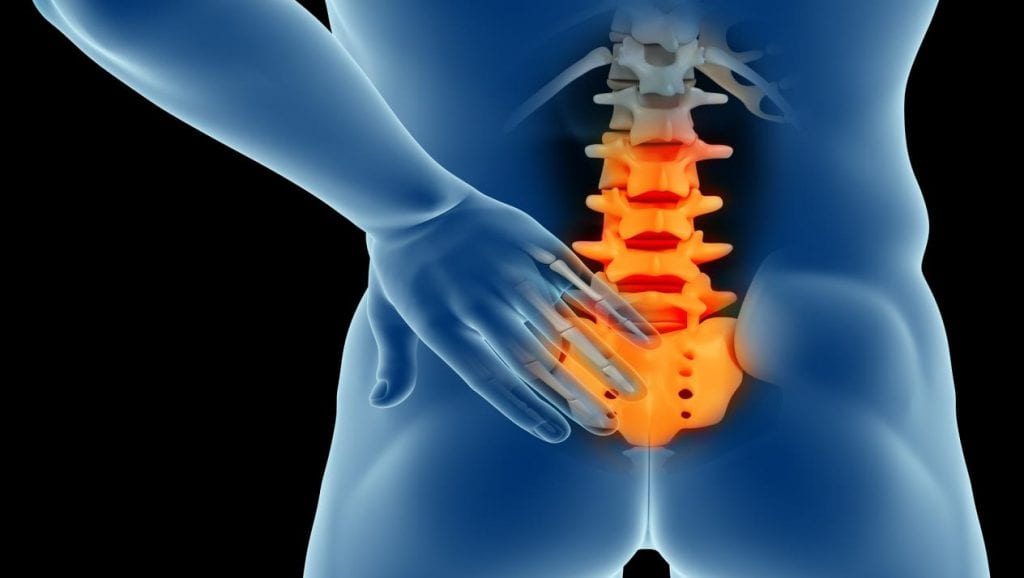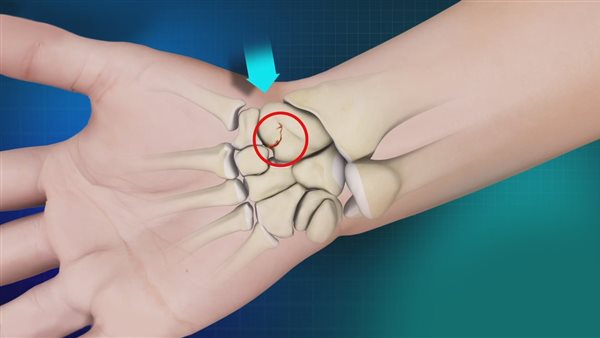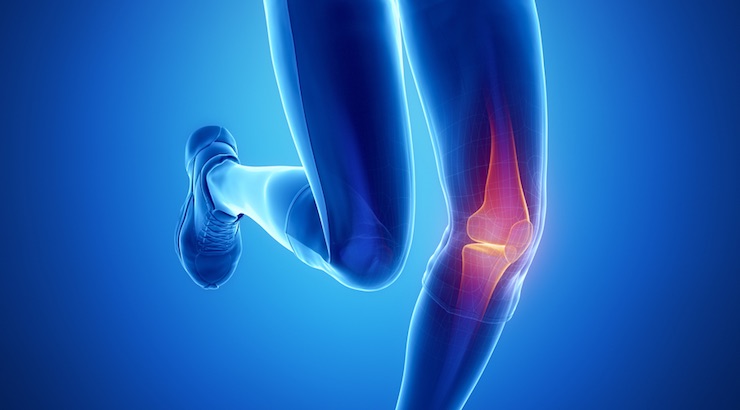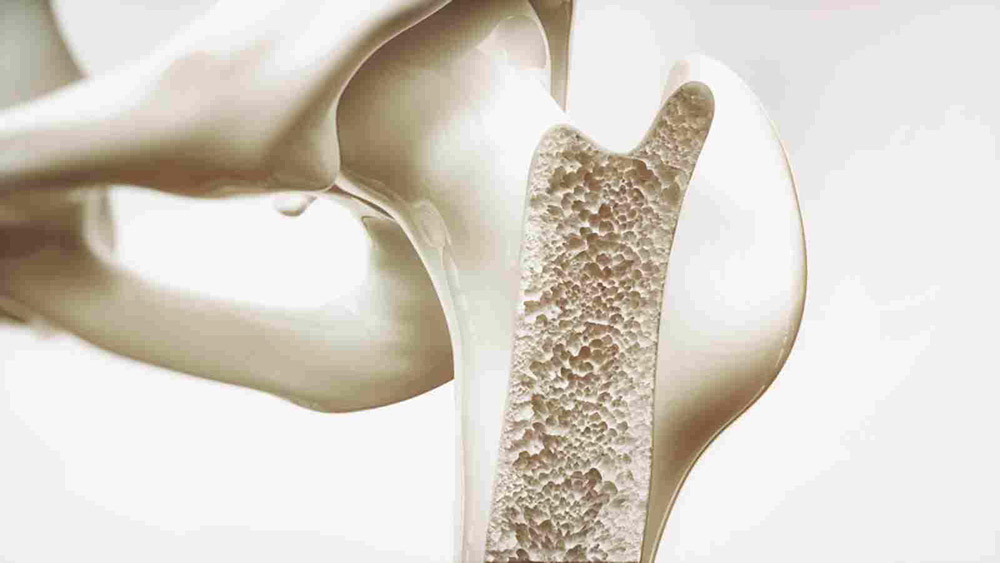Get to know the best doctor for treating plantar fasciitis and the top 7 causes of this disease
Best doctor for treating plantar fasciitis, in this article, we will shed light on the role of the best doctor for treating plantar fasciitis and how patients can find appropriate care. We will review the challenges faced by those with the inflammation, highlight medical expertise and techniques that the best doctors can provide to alleviate pain and improve their condition. Learn about the importance of choosing the right doctor to treat plantar fasciitis and how medical specialization can be the ideal aid for full recovery and return to your daily activities without pain or discomfort.
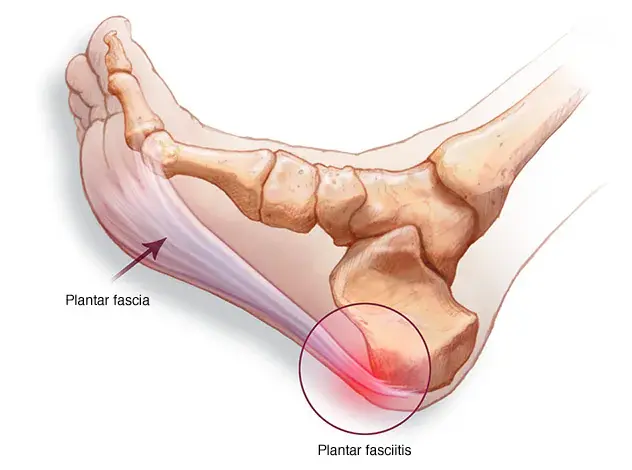
Best doctor for treating plantar fasciitis
Dr. Amr Aml is a recognized expert in lower limb surgery, known for his specialization in treating plantar fasciitis. Dr. Amr Aml is considered one of the best doctors in this field and one of the first experts to be consulted for treating this type of injury. He studied medicine at Ain Shams University and graduated with honors. He is now a teaching assistant at the same college and has extensive experience in treating lower limb inflammation, especially plantar fasciitis. He has performed many successful surgeries in this area.
Dr. Amr Aml works at a prestigious hospital where he receives patients and provides them with appropriate healthcare. Dr. Amr Aml relies on medical examination and tests to determine the cause of plantar fasciitis, prescribe appropriate treatment, and provide patients with necessary advice and guidance to help treat the condition and alleviate symptoms. Dr. Amr Aml cares for each patient individually and is concerned with providing comprehensive care and professional treatment. He uses the latest methods and techniques to treat plantar fasciitis, including stem cell therapy if necessary.
Dr. Amr Aml’s results in treating plantar fasciitis have been excellent. He has been able to relieve many patients of their pain and greatly improve their condition. Patients comment on Dr. Amr Aml’s skill and professionalism in providing effective treatment and personal care.
Discover how Dr. Amr Aml can be an exceptional solution for treating severe plantar fasciitis.
What is plantar fasciitis
Plantar fasciitis is one of the common conditions affecting the foot, characterized by pain resulting from inflammation of the plantar fascia. The plantar fascia is a thick band of tissue in the bottom of the foot, extending from the heel bone to the toes. It helps support the foot’s arch and absorbs shock during walking and running. Irritation and inflammation of the plantar fascia can cause severe pain in the heel, arch, and foot.
Plantar fasciitis can result from several causes, including overstressing the feet, twisting the foot, being overweight, tight calf and foot muscles, high foot arches, and wearing poor footwear. Diagnosing plantar fasciitis may require seeing a doctor, who may analyze common symptoms and physically examine the foot to determine the underlying cause of pain. Rest and self-care are key ways to alleviate plantar fasciitis symptoms. Ice can be applied to the inflamed heel to reduce pain and swelling. It is critical to avoid activities that increase pain, limit pressure and weight on the affected foot, and wear appropriate supportive shoes.
Dr. Amr Aml provides the expertise and specialization necessary to effectively treat plantar fasciitis.
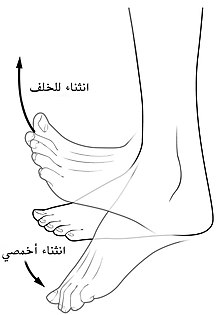
Causes of plantar fasciitis
Many people suffer from heel and foot pain caused by plantar fasciitis, one of the most common causes of this type of inflammation. In this article, we will review some potential causes of plantar fasciitis, which may include:
1. Intense athletic activities and prolonged sitting: Intense athletic activities that require weight-bearing on the feet for long periods are a common cause of plantar fasciitis. Inflammation can also occur from standing for long periods or long sitting on a hard surface.
2. Improper footwear: Wearing unsuitable or poorly supportive shoes can contribute to plantar fasciitis. For example, frequently wearing high-heeled shoes can increase foot pressure and irritate the plantar fascia.
3. Obesity: Excess weight is a critical factor in the development of plantar fasciitis, as increased weight impacts the foot’s load-bearing capacity and adds extra pressure to soft foot tissues.
4. Hormonal factors: Some research indicates that certain hormonal factors may increase the risk of plantar fasciitis, including estrogen changes in women.
5. Advanced age: The risk of developing plantar fasciitis increases with age as soft foot tissues deteriorate over time and become more prone to irritation and inflammation.
6. Rheumatic diseases: Some rheumatic diseases like rheumatoid arthritis that affect shared tissues can increase the risk of plantar fasciitis.
7. Excess pressure on the foot: Plantar fasciitis may occur from repeated excessive pressure on the foot, such as overloading during walking, running, or remaining in one position for an extended period.
Importantly, if plantar fasciitis is suspected, a treating physician should be consulted for an accurate diagnosis and appropriate treatment plan. Treatment such as physical therapy sessions, proper footwear, pain medication, and in some cases, surgery may be recommended. These options should be pursued under the guidance of qualified medical professionals.
Book an appointment with the best doctor for treating plantar fasciitis, Dr. Amr Aml, and benefit from his exceptional service.
Symptoms of plantar fasciitis inflammation
Plantar fasciitis is a painful condition affecting the plantar fascia of the foot, also known as heel spur or plantar ligament. Note that most people with plantar fasciitis recover within a few months of conservative treatment, such as icing the painful area and doing special stretches and exercises. In this article, we will explore the symptoms of plantar fasciitis inflammation in detail.
- Heel and foot pain: One of the main symptoms of plantar fasciitis is feeling sharp pain in the bottom of the foot near the heel. The pain is usually worse when taking the first steps after getting out of bed, but it subsides over time and with foot movement.
- Heel pain after getting up: Upon waking up in the morning, most people with plantar fasciitis experience pain in the heel. This is due to decreased flexibility of the plantar fascia during sleep. Symptoms generally improve with movement and weight-bearing.
- Pain while walking: Those affected by this condition may notice increased pain with walking long distances or standing for long periods. The pain can be sharp and move between the heel area and foot.
- Worse pain during athletic activity: When engaged in physical activities or sports, the accompanying pain of plantar fasciitis may worsen. This requires using proper preventative techniques and wearing shoes with good arch support.
- Swelling and redness: In advanced cases of plantar fasciitis, the affected person may notice swelling and redness in the heel and even foot. Please note these symptoms usually appear upon awakening from sleep and gradually subside with movement.
In summary, the symptoms of plantar fasciitis inflammation should be noticed early and conservative treatment started as soon as possible. If pain and symptoms continue to worsen, seeing a doctor for evaluation and guidance is advised.
Learn how to relieve plantar fasciitis inflammation pain with guidance from Doctor Amr Amal.

Plantar Fasciitis Treatment
Plantar fasciitis is a common foot condition that causes severe heel pain and reduced mobility. Although it takes time for complete recovery, conservative treatment is usually the first choice for most affected patients. Here are some helpful tips and effective solutions to reduce plantar fasciitis pain:
1. Apply ice packs: Applying ice packs over the painful area is an important step in the home treatment of plantar fasciitis. The ice helps reduce inflammation and numb pain. Apply ice packs for 15-20 minutes several times a day for best results.
2. Stretching exercises: Stretching and flexibility exercises may help relieve plantar fasciitis pain and improve muscle and ligament flexibility in the foot. Look for simple exercises targeting those muscles and do them regularly and properly.
3. Orthotics and heel pads: You may need to use orthotics or heel pads to provide extra support to your foot and relief when walking and moving. Consult your podiatrist to determine the right device for you and to ensure proper use.
4. Healthy lifestyle: Maintaining a healthy weight and being physically active is essential to reduce pressure on the arches and lower limbs. Try to eat nutrient-rich foods to promote bone and muscle health.
5. Adequate rest and avoid strenuous activities: It is advisable to rest your foot and avoid activities that increase heel pain. Try to reduce the time spent on your feet and avoid long walks, jumping, and intense running.
6. Essential oil massage therapy: Therapeutic massage with essential oils can provide great healing benefits for plantar fasciitis cases. Use natural oils like lavender, ginger, or mint and gently massage the foot to reduce inflammation and soothe pain.
7. See a specialist doctor: If plantar fasciitis pain persists or worsens, you should consult a specialist doctor. The doctor may refer you to other treatment options like physical therapy, professional massage, or even surgery in severe cases.
Feel free to follow these tips and effective solutions to reduce plantar fasciitis pain. But remember recovery takes time and patience. If symptoms fail to improve or get worse, seeing a doctor for evaluation and customized treatment is recommended.
Benefit from exceptional care and customized treatment for plantar fasciitis with Doctor Amr Amal.
Effective first advice in treating plantar fasciitis
The initial advice given by a physiotherapist provides important improvement in treating plantar fasciitis and relieving the pain associated with this annoying condition. Here are some effective tips in treating plantar fasciitis:
- Use ice: Gently press an ice pack or frozen gel pack over the affected area for 15-20 minutes. Repeat this 3-4 times a day to reduce inflammation and pain.
- Rest: Avoid overloading or excess pressure on the affected foot. Limit your daily walking and rest when you feel pain.
- Proper footwear: Wear comfortable shoes that provide good arch support. Avoid high heels or shoes with poor arch support.
- Rehabilitation exercises: Some rehab exercises involving strengthening foot and ankle muscles to reinforce the bony structure may be recommended.
- Stretch plantar fascia: Stretching exercises can help improve flexibility and strength of the plantar fascia, reducing tension.
- Massage: Gentle massage techniques on the affected foot area can enhance blood flow and reduce inflammation.
- Apply heat pack: After icing, a warm compress or towel soaked in warm water can promote blood flow to the affected area.
- Preventive tension: Avoid activities that increase tension and strain in the foot such as running on hard surfaces or jumping.
- Proper support: Padding or arch supports can provide additional support to the foot and reduce pressure.
- Lose weight: If overweight, losing some weight can be helpful to decrease pressure on the foot and improve healing of plantar fasciitis.
Remember, a physiotherapist should be consulted before implementing any treatment advice and performing prescribed rehabilitation exercises. While these initial tips are helpful for many patients, your appropriate treatment is the one tailored to your individual condition.
We believe Doctor Amr Amal is the optimal choice for patients seeking comprehensive plantar fasciitis treatment.
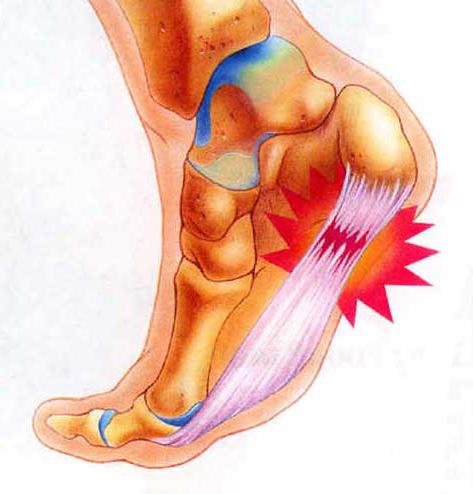
My experience with peroneal tendinitis
My experience with peroneal tendinitis. I suffered from chronic pain in my heel and foot area for many months. I wanted to get back to my daily activities and normal life, but peroneal tendinitis was a major obstacle. After much research and consultation, I opted for physiotherapy as an attractive and safe non-surgical solution.
I visited a physiotherapist to discuss my case and develop a treatment plan. Dr. Amr Amal explained how physiotherapy exercises can help reduce pain and improve my condition. I started a program with stretching exercises for the peroneal tendon and lower leg muscles.
The physiotherapy involved pull and stretch exercises for the foot, using the skin’s natural elasticity and muscles to stretch and strengthen the peroneal tendon. There was also a focus on strengthening the lower leg muscles and improving overall flexibility in the foot. The results I achieved are amazing and tangible. After a few weeks of physiotherapy, my condition improved markedly. I can now walk longer distances without pain and less stiffness, allowing me to comfortably resume my daily activities.
Dr. Amr Amal always seeks to provide the best medical services to patients suffering from peroneal tendinitis.
How long does peroneal tendinitis last?
It is advisable to see a doctor if you have persistent pain associated with foot and ankle inflammation. One common problem is peroneal tendinitis, which refers to inflammation of the membrane surrounding the heel bone connected to the attached muscle tendons. While anyone can develop peroneal tendinitis, it is particularly common among athletes and those with excessive foot strain.
Recovery from peroneal tendinitis can take a long time, requiring the patient to adhere to certain treatment measures to accelerate healing. To start, the patient is advised to rest and avoid overloading the affected foot. Braces, local anesthetic injections, or ice may be recommended to relieve pain and swelling.
Medical practice also recommends exercises to strengthen muscles around the knee and ankle for better stability, balance, and to reduce the risk of similar future injuries. Additionally, physiotherapy and exercises may be recommended to develop muscle flexibility and strength. In severe, chronic cases, the doctor may provide other therapies like electrical stimulation and occupational therapy to help the patient regain normal walking and movement.
There is no set timeframe for how long peroneal tendinitis lasts. It depends greatly on the characteristics and circumstances of the individual case. Pain and swelling may persist for several weeks or even months in some cases. The patient must be patient and adhere to the proposed treatment to achieve full recovery.
Enjoy a pain and restriction-free life thanks to Dr. Amr Amal and the comprehensive treatment opportunity for peroneal tendinitis.

Can peroneal tendinitis be cured?
Peroneal tendinitis is a common foot injury, causing pain and swelling. It is prevalent among athletes and those subjecting their feet to excessive strain through sports or daily activities. Despite the negative indications, full recovery from peroneal tendinitis is possible.
The healing process requires rest, foot care, icing to reduce inflammation and pain early on, and gradually returning to normal activities while avoiding anything too strenuous initially. Physiotherapy techniques like ultraviolet radiation and electrical stimulation can aid recovery. Proper nutrition with highly nutritious foods like proteins, vitamins and minerals also plays an important role by promoting the body’s ability to heal and regenerate. Foods rich in protein for recovery include eggs, poultry, fish, soy products, lentils and legumes.

